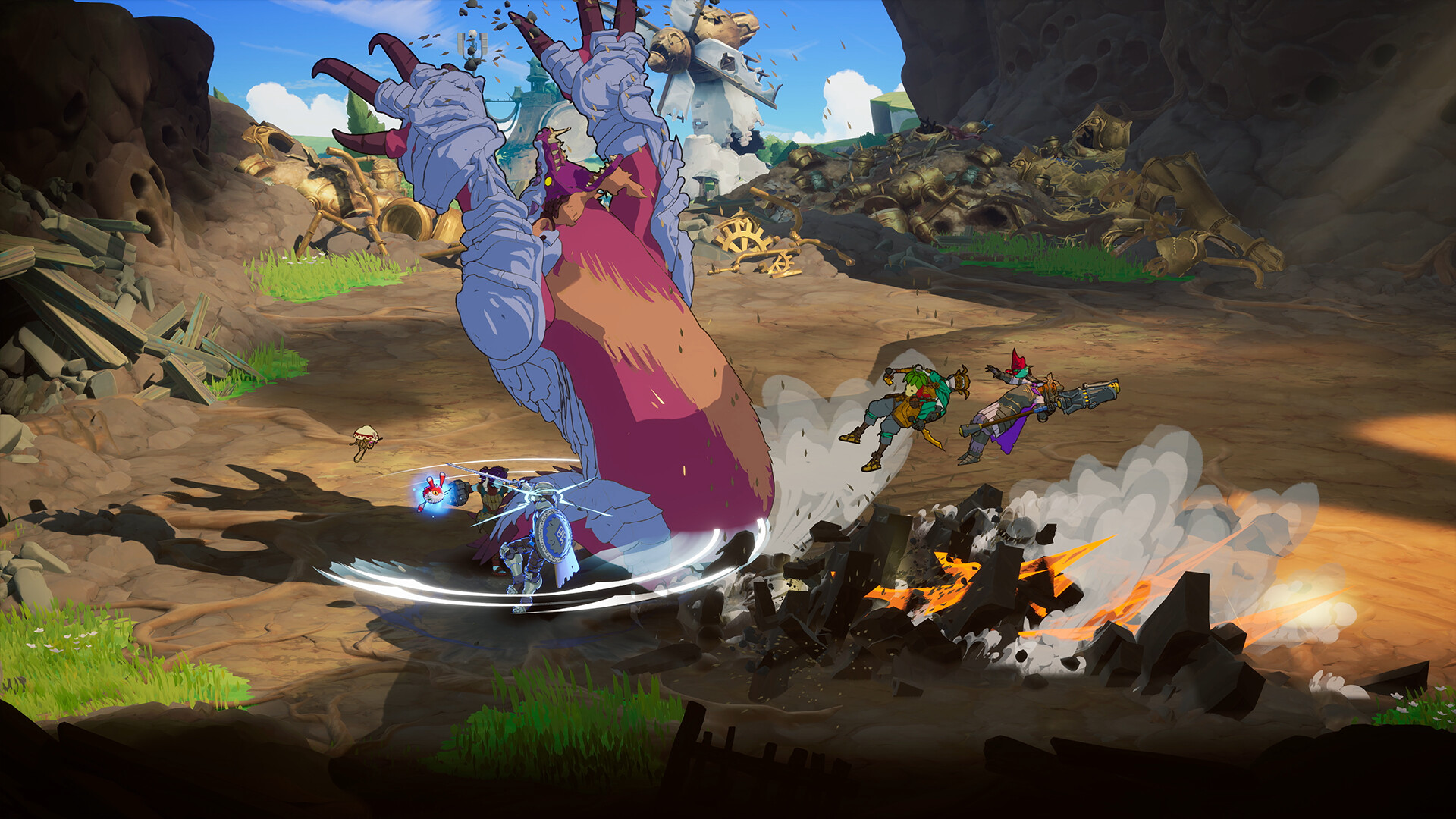Hands on with ADR1FT and ABZÛ, two compelling titles from 505 Games
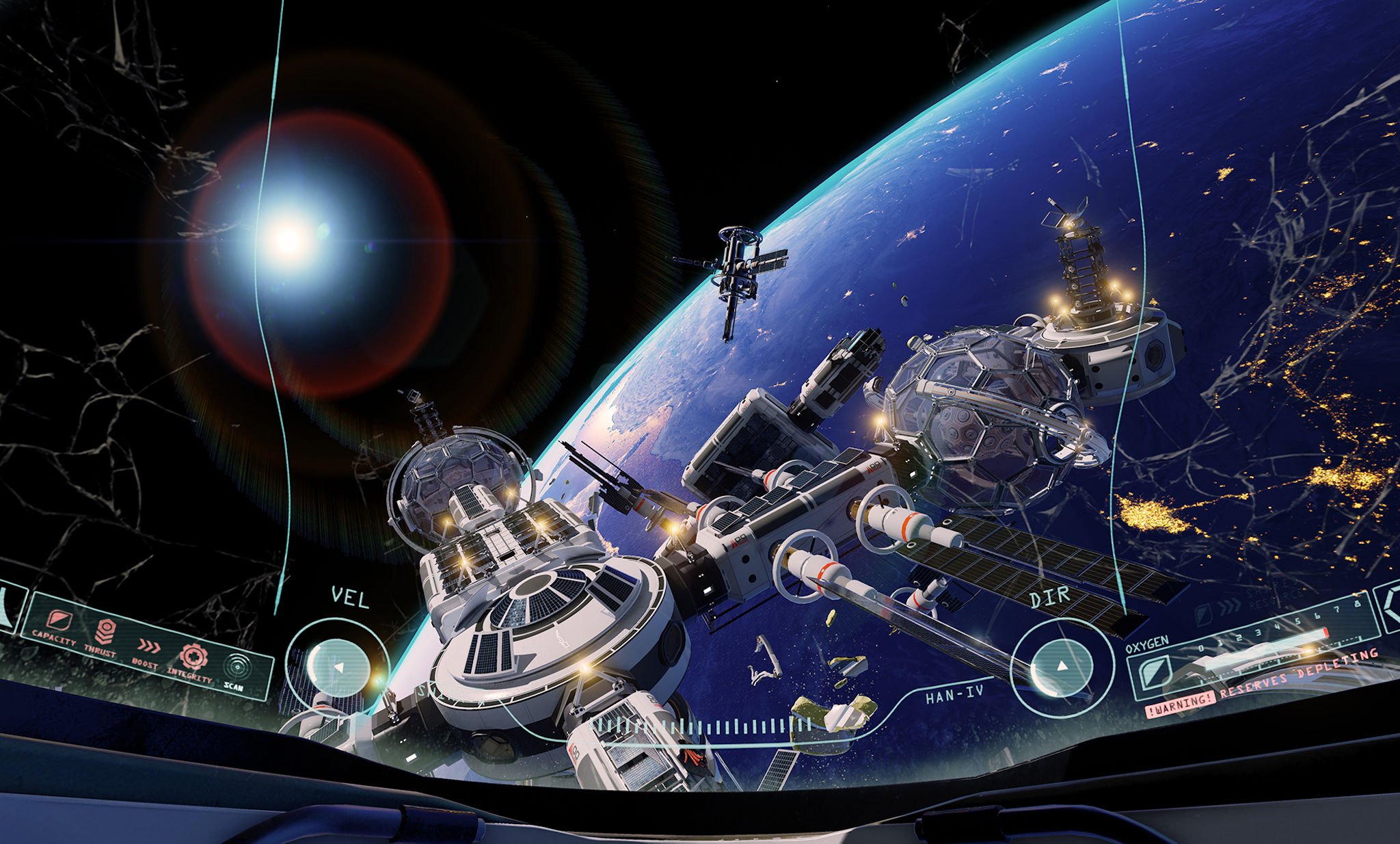
505 Games is a truly diverse game publisher. They've given the world Terraria, How to Survive, Sniper Elite 3 (forget that Zombie Army nonsense), Payday 2 (shame about the technical issues on Xbox One). There is even the mobile social networking app Cityglance. They show no signs of slowing down, either with Overkill's The Walking Dead, Assetto Corsa, Adrift, and Abzu on the way.
I recently had the chance to play two of those upcoming games: Adrift for consoles and Abzû for the PC. Adrift (also known annoyingly as ADR1FT) casts players as an astronaut who has survived a devastating accident on a space station and must try to escape. Abzû is a beautiful underwater adventure in which a diver must explore the ocean while avoiding a menacing shark.
Both titles are extremely unique, and console and PC gamers should be excited for them! Read on for my early gameplay impressions.
Adrift
This one comes from Three One Zero, a new indie studio formed by Adam Orth, formerly of Microsoft. Don't hold that against it though, as the game looks great! It takes place in the near future, with astronaut Commander Alex Oshima waking up after a terrible accident has left his space station severely damaged. He'll have to figure out what happened and repair parts of the station if he's to have any hope of survival.
Since our astronaut finds himself adrift in a space station with no gravity, he'll have to get used to floating and boosting around in a constantly spinning environment. Adjusting to the game's zero gravity environment and unique controls for rotating your body and moving up and down takes a little time, but it's nothing players can't handle.
The station is a mess, so debris and objects frequently drift by and clutter the path. The first-person perspective (which depicts a realistic helmet HUD and the astronaut's hands extended in front of him) and extremely detailed graphics make for an impressively immersive experience. You actually feel weightless in this cold, uncaring environment.
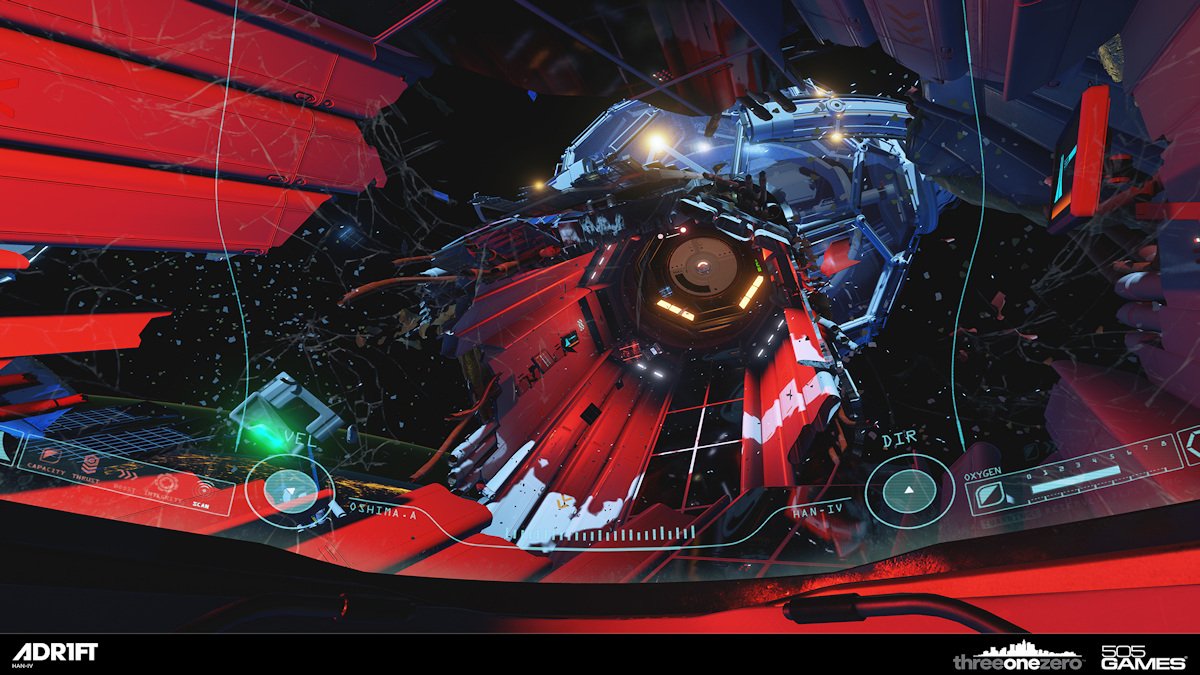
In my time with the game, I wake up and head towards a central control room of sorts. It would be easy to be confused about where to go or what to do, but the game kindly provides a HUD indicator for goals and interactive objects. It points me towards a control panel, which I quickly tried to use. Unfortunately, the terminal can't do its job because several devices have been damaged in the accident.
Get the Windows Central Newsletter
All the latest news, reviews, and guides for Windows and Xbox diehards.
Leaving the terminal, I now have three objective markers representing the machines in need of repair. I float towards the closest corridor and set out towards one of those markers. Along the way, I have to open several sealed doors by their handles (which looks cool and realistic here). Then enter a cylindrical room filled with machinery, and float to the top of that room to find my objective.
Visually, Adrift reminds me of Alien: Isolation thanks to the shared space station settings. But neither a killer alien nor other enemies stalk the astronaut here. Instead, danger comes from the lack of oxygen. Our hero's oxygen constantly depletes. Moving around especially uses the live-giving gas, since his suit releases air to create thrust.
Not only that but collisions cause him to lose air as well. Every bump into a wall or other solid object will damage the space suit, cracking his visor and reducing its overall capacity to hold air. The actual oxygen capacity can only deplete to a certain extent, but that still makes it harder to survive and move throughout the station.
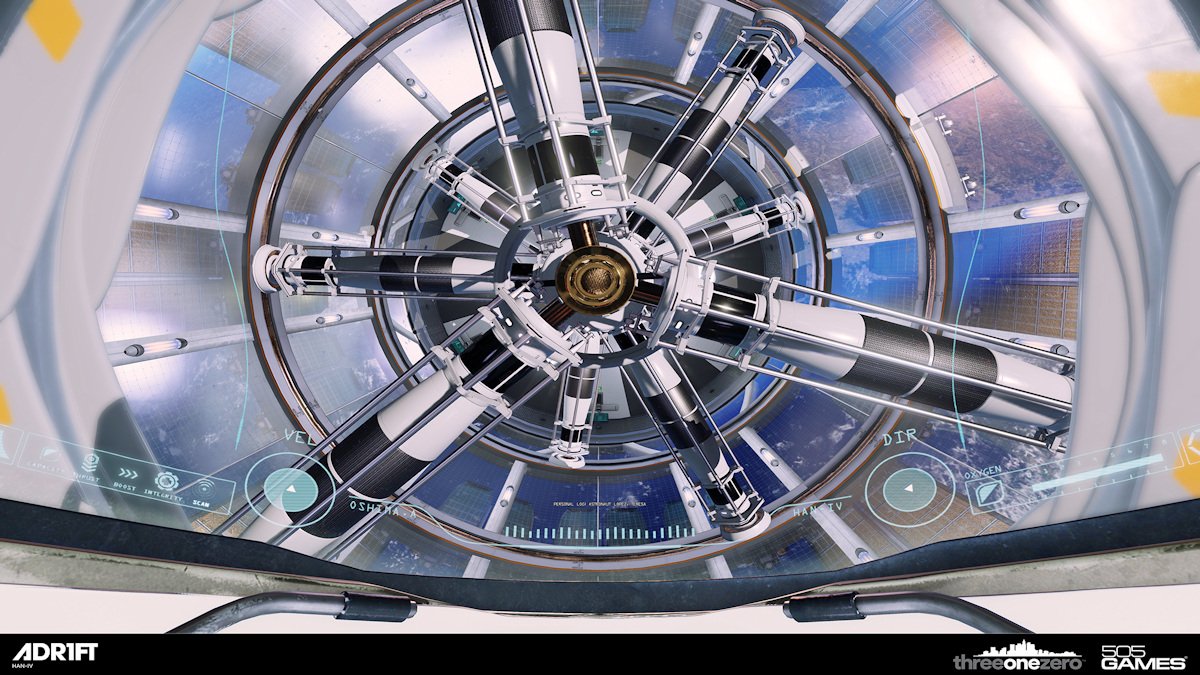
In the short term, players will have to pick up drifting oxygen canisters to refill their breath. Stationary oxygen refill stations will also provide air, and you can come back to them as needed. Repairing damage to your suit will require a trip to a repair station though, so you really do need to watch out and avoid bumping into things. The oxygen and damage mechanics certainly help Adrift feel unique.
I also had the pleasure of playing the PC version of Adrift with the Oculus Rift virtual reality headset. I still controlled my character's movement with a controller, but the freedom to look around with a headset was truly liberating. I kept peering around corners, looking down at my hands, and other little tests of the unique display.
Since astronauts wear helmets anyway, Adrift is well-suited for the VR experience. The headset doesn't change how the game actually plays, but the extra immersion is something else. The PC version of Adrift will support Oculus Rift right out of the box, even though the VR headset doesn't officially head to market until next year.
Adrift comes to Xbox One, Windows PC, and PlayStation 4 this September. In the meantime, you can download the first issue of the Adrift comic series for free in PDF format at Adr1ft.com.
Abzû
Just as Adrift comes from a new studio founded by a relatively well-known gaming personality, so does this aquatic adventure. Abzû is the first game from Giant Squid, an indie developer led by Matt Nava, the art director of the critically acclaimed PlayStation game Journey. I haven't played Journey, but I hear it's very pretty.
Also like Adrift, Abzû takes place in an environmental that is usually inhospitable to humans: the ocean. Players control a lone female diver as she explores the saltwater depths. But unlike Adrift, the diver can't run out of air here. Nor can she die at all, as the game has no fail state. The developers want the gameplay experience to flow continuously, just like the currents the diver swims through.
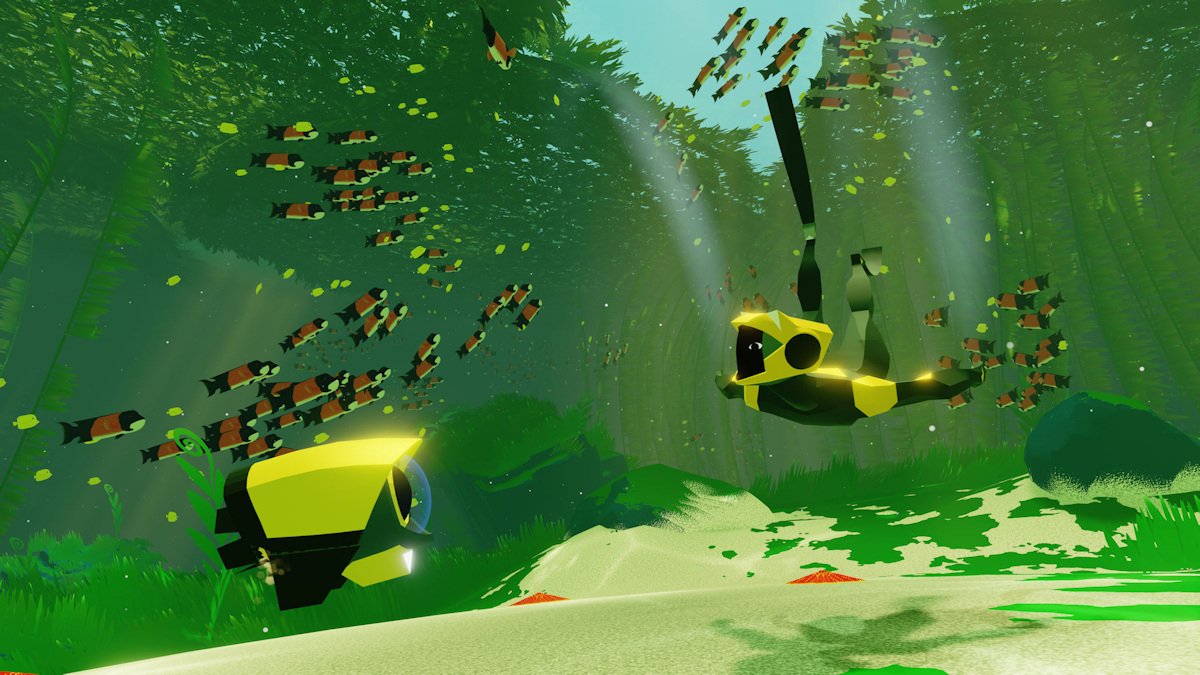
My demo starts out with the diver floating on the ocean surface, the sky overhead. I quickly dived down and found a beautiful undersea world. Abzû boasts a unique art style that doesn't aspire to photorealism. The diver, drone robots, fish, and other creatures look almost cel-shaded thanks to deliberately minimal textures. But the water itself looks quite lifelike thanks to streams of light from above, bubbles, floating particles, and smart use of color.
Even more alive than the water are the creatures swimming within it. Tens of thousands of fish populate the game's ocean. They swim about in schools and behave incredibly realistically. The diver can even "school up" with the fish, getting them to follow along wherever she goes. She can also touch and ride larger creatures like turtles and rays. Some of the sea life we encountered in the demo: Bannerfish, Dolphins, Starfish, Crabs, Manta Rays, Moray Eels, Jellyfish, Sea Turtles, two varieties of sharks, and more.
How does Abzû actually play? It controls much like a flying game, in that you can swim in any direction at any time. You only go forward if holding the "accelerate" button on the right trigger, though. The ocean looks incredibly vast, but it has been designed to keep players moving along a specific general path. Instead of wandering aimlessly, you'll be looking for the next important area to explore.
Several times throughout the demo, our diver encounters yellow drone robots buried in the sand. After she digs them out, they follow along. Sometimes they'll help her open new pathways throughout the undersea environments. The drones' actual purpose is to collect a mysterious resource from the ocean floor. We see them suck the glowing resource up during the demo, but we'll have to wait until the full game comes out to learn its identity and function.
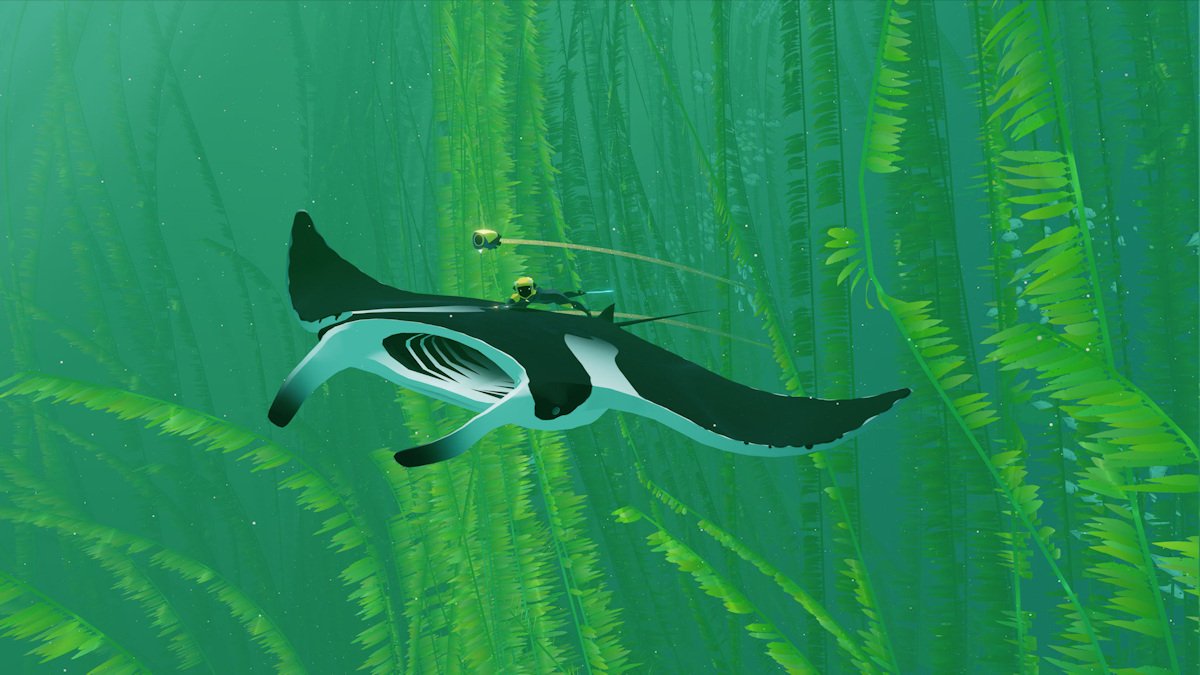
Near the end of the demo, we pass through a cave and emerge into a more open area. Suddenly a huge shark swoops down and carries off one of the diver's drones, destroying it. This shark will play a greater role in the adventure, I'm told.
Abzû will come to Windows PC and PlayStation 4 in early 2016. No Xbox One version has been announced, unfortunately. I get the impression that it's a timed console exclusive, but we'll have to wait and see. A game with this much freedom of movement and undersea beauty deserves to be played by as many gamers as possible.
Would you rather drift through a decimated space station or explore the ocean depths, dear readers?
Paul Acevedo is the Games Editor at Windows Central. A lifelong gamer, he has written about videogames for over 15 years and reviewed over 350 games for our site. Follow him on Twitter @PaulRAcevedo. Don’t hate. Appreciate!

